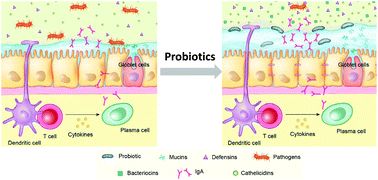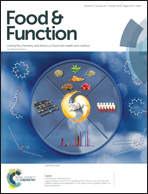Probiotics, mechanisms of action, and clinical perspectives for diarrhea management in children
Abstract
Infectious diarrhea is the second most common cause of morbidity and mortality in children under 5 years of age in the underdeveloped areas of the world. Conventional treatment consists of rehydration, which may be coupled with antimicrobial agents in more severe bacterial infections or with antiprotozoal agents. In the last few decades, research on the use of probiotic strains, such as Lactobacillus rhamnosus GG ATCC 53013 (LGG), Lactobacillus reuteri DSM 17938 and Saccharomyces boulardii, has gained much attention to prevent and treat diarrheal diseases. However, they are rarely used in the clinical routine, perhaps because there are still gaps in the knowledge about the effective benefit to the patient in terms of the reduction of the duration of diarrhea and its prevention. Furthermore, only a few probiotic strains are safely indicated for usage in pediatric practice. This review summarizes the current knowledge on the antimicrobial mechanisms of probiotics on distinct enteropathogens and their role in stimulating host defense mechanisms against intestinal infections. In addition, we highlight the potential of probiotics for the treatment and prevention of diarrhea in children. We conclude that the use of probiotics is beneficial for both the treatment and prevention of diarrhea in children and that the identification of other candidate probiotics might represent an important advance to a greater reduction in hospital stays and to prevent infectious diarrhea in a larger portion of this population.



 Please wait while we load your content...
Please wait while we load your content...